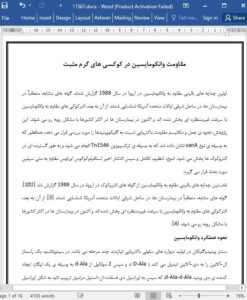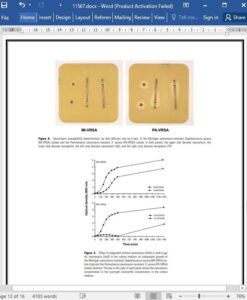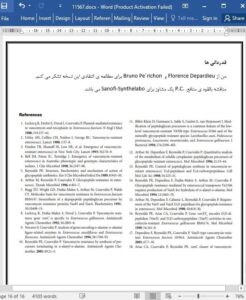strains were later detected in hospitals on the East Coast of the United States. Since then, vancomycin-resistant enterococci have spread with unexpected rapidity and are now encountered in hospitals in most countries. This article reviews the mode of action and the mechanism of bacterial resistance to glycopeptides, as exemplified by the VanA type, which is mediated by transposon Tn1546 and is widely spread in enterococci. The diversity, regulation, evolution, and recent dissemination of methicillin-resistant Staphylococcus aureus are then discussed.
The first vancomycin-resistant clinical isolates of Enterococcus species were reported in Europe in 1988 [1, 2]. Similar strains were later detected in hospitals on the East Coast of the United States [3]. Since then, vancomycin-resistant enterococci have spread with unexpected rapidity and are now encountered in hospitals in most countries [4].
MODE OF ACTION OF VANCOMYCIN
The synthesis of peptidoglycan in the production of bacterial cell walls requires several steps. In the cytoplasm, a racemase converts l-alanine to d-alanine (dAla), and then 2 molecules of d-Ala are joined by a ligase, creating the dipeptide d-Ala-d-Ala, which isthen added to uracil diphosphate–N-acetylmuramyl-tripeptide to form uracil diphosphate–N-acetylmuramyl-pentapeptide. Uracil diphosphate–N-acetylmuramyl-pentapeptide is bound to the undecaprenol lipid carrier, which, after the addition of GlcNAc from uracil diphosphate–GlcNAc, allows translocation of the precursors to the outer surface of the cytoplasmic membrane. N-acetylmuramyl-pentapeptide is then incorporated into nascent peptidoglycan by transglycosylation and allows the formation of cross-bridges by transpeptidation [5].











